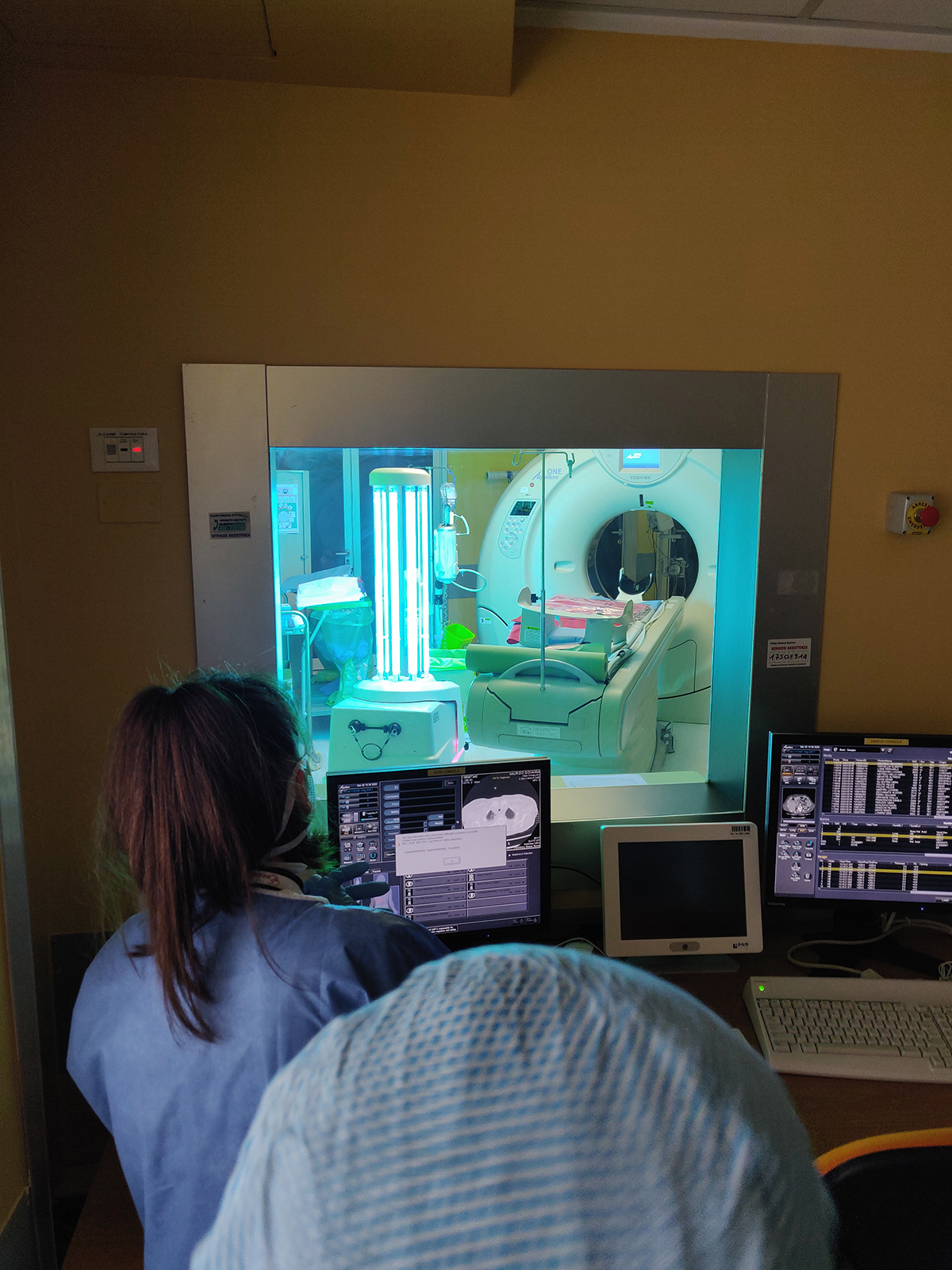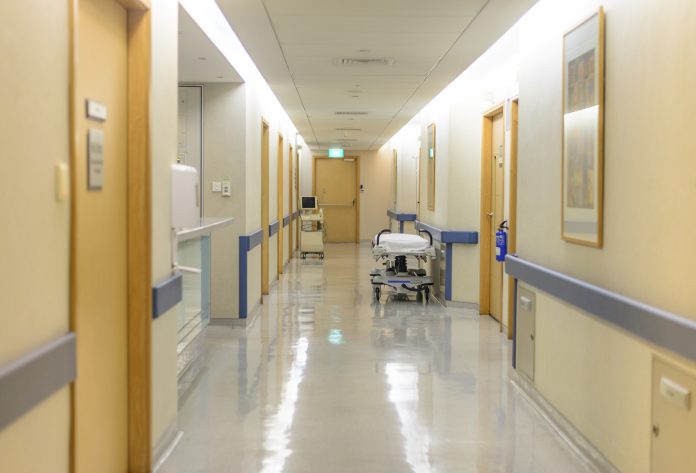Per Juul Nielsen, CEO at UVD Robots, explains how autonomous robots can be used to fight infections, such as COVID-19 on the front lines
The Coronavirus has brought the need for safe, disinfecting technology into the spotlight. Next-generation disinfecting robots created a few years ago for the purpose of disinfecting hospital rooms using UV-C light have been gaining significant attention enabling hospitals to protect patients, medical professionals and front-line cleaning staff from infection while simultaneously bringing greater operational efficiency.
Using UV light dates back to 1870s when it was known to have an inhibiting effect on bacteria. Concentrated beams of ultraviolet light were used to treat patients with lupus vulgaris and helped to eradicate tuberculosis. However, the technology was largely abandoned thanks to antibiotics. Today’s antibiotic-resistant bacteria and viruses are fueling a UV-C renaissance in the medical and scientific community.
The challenge with UV-C light disinfection
In recent years, hospitals have been using UV-C light to sanitize rooms to reduce Hospital Acquired Infections (HAIs) using clusters of UV-C emitting lamps that are wheeled into a room. However, this requires a human to move the lamp from one position to another, calling into question the effectiveness as some surfaces remain “shadowed.” The inverse square law further complicates the use of UV-C as the further away the light, the less effective it becomes.
The next-generation UV-C Robot
Unlike its stationary counterparts, the autonomous, self-driving robot by UVD Robots repositions itself multiple times achieving the highest level of disinfection. Hospitals worldwide are benefiting from reduced shadowing and consistent exposure to every section of a room with a 99.99% disinfection rate, including coronavirus and other micro-resistant organisms such as staphylococcus epidermidis, micrococcus luteus, pseudomonas aeruginosa and species of aspergillus.

Recently, Marin Repustic, Director Assistant for Quality of Healthcare at the General Hospital “Dr Ivo Pedisic” Sisak in Croatia deployed a UVD Robot for five months in six of its fifteen operating theaters. A sample survey was performed to test its effectiveness, sampling surfaces and furniture in the operating theater following a 15-20 minute disinfection by a UVD Robot. The result showed no existence of these organisms after the UVD Robot, compared to micro-resistant organisms being present in eight out of ten disinfections done mechanically and manually.
“This was an excellent result,” noted Mr Repustic. “We reduced the time we spent disinfecting by 1.5 hours, freeing up our staff to focus on more important tasks while also enabling us to have a higher turn-over in surgeries.”
The fight against COVID-19 in hospitals
When COVID-19 hit Croatia in March 2020, Mr Repustic and his team moved the UVD Robot to its infectious disease department that treats COVID-19 patients. While the hospital has 48 COVID-patients with 9 in the ICU, only one staff member tested positive for the virus since the outbreak began. By comparison, with 1100 hospital staff members in total, 37 employees working in other departments where the UVD Robot is not being deployed tested positive. This data represents infection status as of mid-November 2020.
Mr Repustic concluded, “I’m convinced the robot played a very big role in keeping our employees in our infectious disease unit safe from the virus.”
Dr Chih-Chuan Kao of Tung’s Taichung MetroHarbor Hospital in Taiwan also noted, “With the deployment of UVD Robots, the infection rate in our hospital dropped significantly. We are happy to have the most advanced UV technology, enhancing our hygiene standard not only in the OR but also in COVID patient rooms.”

Christiano Huscher, Chief surgeon at Gruppo Poloclinico Abano, which operates private hospitals in Italy, also noted: “Before we received the UVD robot, six of the hospital’s doctors had been infected with COVID-19. Since we started using the robot two months ago to disinfect, we have not had a single case of corona among doctors, nurses or patients.”
Beyond the pandemic
Looking ahead, prevention will likely become central to controlling and eliminating the spread of diseases like Coronavirus and micro-resistant organisms, and we will see this disinfecting technology moving into factories, restaurants, food storage, prisons, schools, supermarkets, airports and more.
Please note: This is a commercial profile











